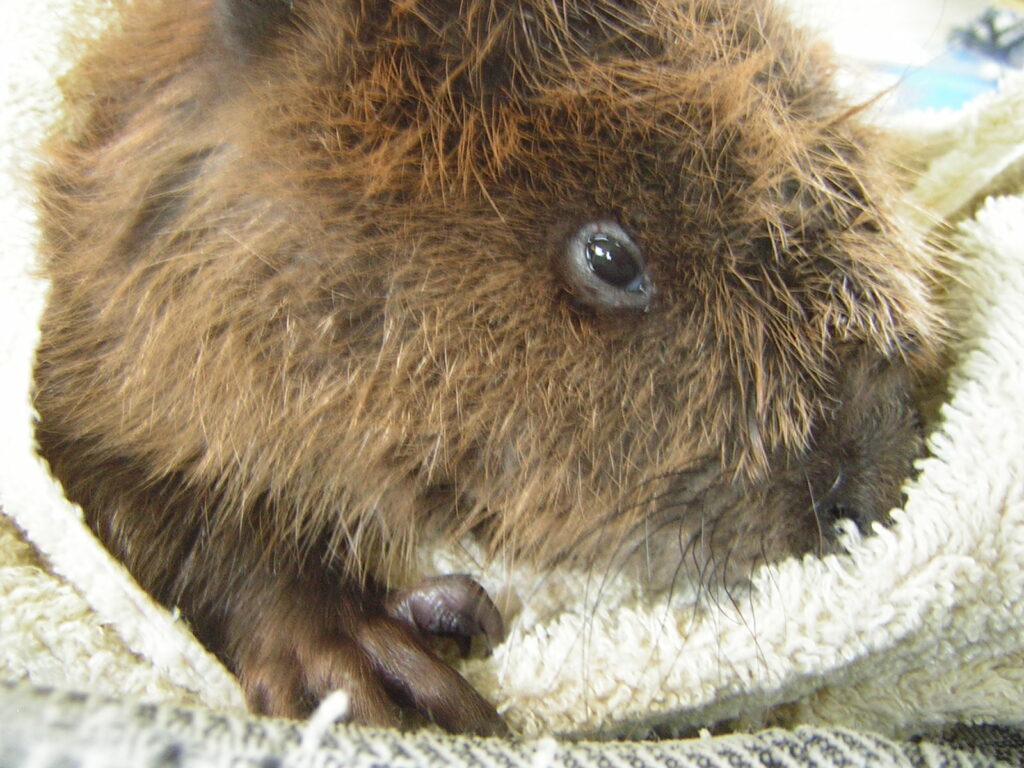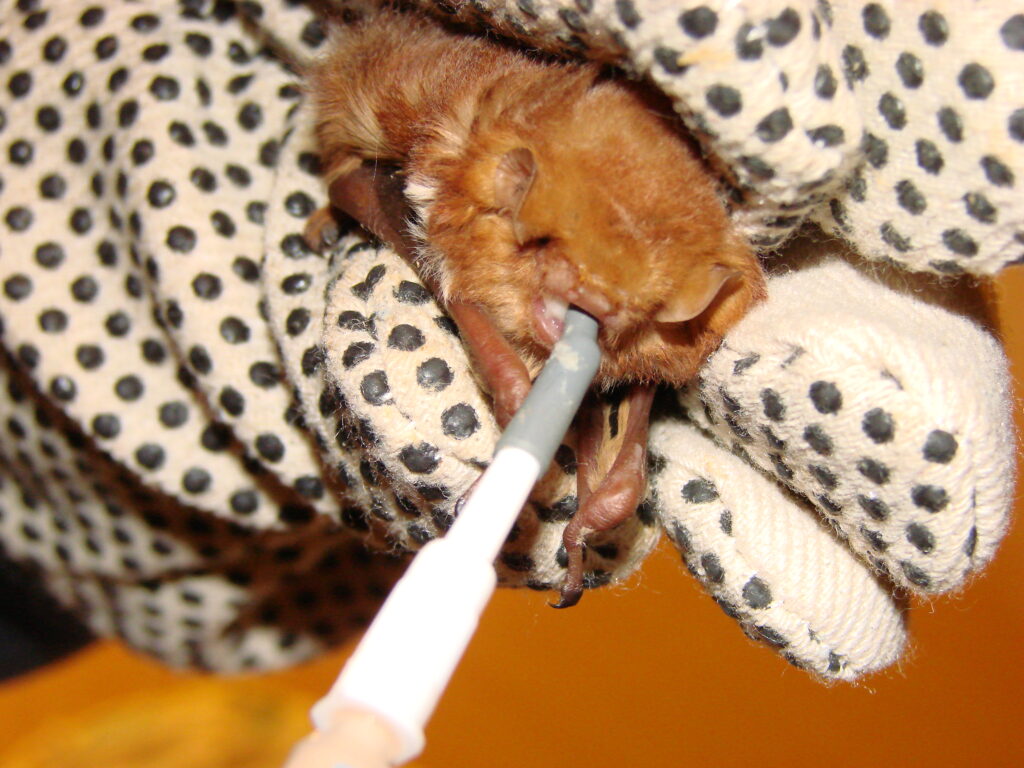Rehabilitation and Research
 The goal of wildlife rehabilitation is to return a healthy animal to the wild, in both physical and mental health. Most patients admitted are injured or displaced as a result of human intervention: being hit by vehicles, being shot, being poisoned, being attacked by pets and losing familiar habitats. Wildlife often suffers when people and wildlife try to co-exist. Wildlife rehabilitators do not interfere with the natural behaviors of these animals, but they try to even the odds for individual animals that have been affected by these human conflicts.
The goal of wildlife rehabilitation is to return a healthy animal to the wild, in both physical and mental health. Most patients admitted are injured or displaced as a result of human intervention: being hit by vehicles, being shot, being poisoned, being attacked by pets and losing familiar habitats. Wildlife often suffers when people and wildlife try to co-exist. Wildlife rehabilitators do not interfere with the natural behaviors of these animals, but they try to even the odds for individual animals that have been affected by these human conflicts.
Pets kept outdoors, or abandoned pets such as cats, pose considerable risks to wildlife. Baby animals caught by cats usually do not survive even the slightest injury because of infection. Every pet owner needs to take responsibility for their animals by feeding them inside, keeping them on a leash or in a fenced yard, and keeping their cats indoors. Until people are willing to accept this responsibility, wild animals will continue to be attacked and maimed unnecessarily.
In the state of New Jersey, and in most states, it is illegal to keep wild animals as pets or patients. Specific state and federal permits are required. Each species of animal has special needs that only licensed rehabilitators can provide.
 Wildlife rehabilitation centers and volunteer veterinarians throughout the country monitor wildlife health and disease information. Many research problems are complex, requiring the participation of several individuals and organizations. Through teamwork between these professionals and the reporting of sick animals by lovers of wildlife in all our communities, research topics continue to develop new medical devices, vaccines, and procedures to combat the harm that so often comes to wildlife via zoonotic diseases (diseases transmitted between animals and humans), emerging diseases (including West Nile Virus and Avian Influenza) and habitat loss.
Wildlife rehabilitation centers and volunteer veterinarians throughout the country monitor wildlife health and disease information. Many research problems are complex, requiring the participation of several individuals and organizations. Through teamwork between these professionals and the reporting of sick animals by lovers of wildlife in all our communities, research topics continue to develop new medical devices, vaccines, and procedures to combat the harm that so often comes to wildlife via zoonotic diseases (diseases transmitted between animals and humans), emerging diseases (including West Nile Virus and Avian Influenza) and habitat loss.
